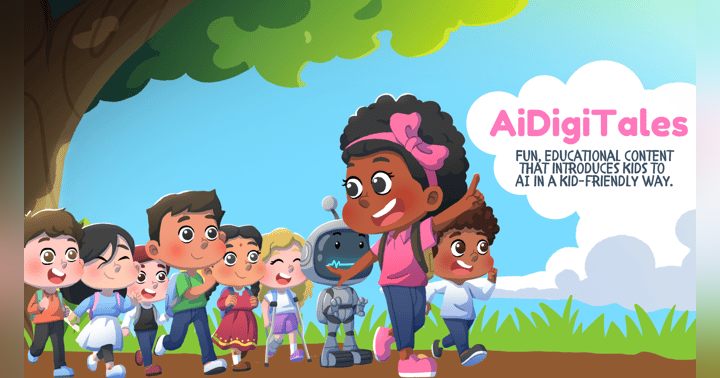How to Engage Students in Their Own Learning

A blog inspired by an appearance on the Unlock the Middle Sunday roundtable discussion
The world of education is constantly changing and evolving, with new methods and technologies popping up every day. There is no one way to teach or learn that will work for all students in all situations. The best teachers are able to adapt their teaching style based on the needs of the student, which means they have to be aware of what’s going on in the classroom at any given time. One method for being more aware of your student's learning experience is through self-assessment. Self-assessment can help you understand what areas each student may need support in so that you can better guide them towards success.
Self-assessment is the process of identifying one’s strengths and weaknesses in order to make improvements.
Self-assessment is the process of identifying one’s strengths and weaknesses in order to make improvements. Self-assessment allows students the ability to see their progress and notice areas they need to work on outside of what’s taught in the classroom. Students may not be aware of how they’re doing in a particular subject unless they take time out to evaluate their work. This method can also help increase self-esteem by allowing students to take an active role in their own learning process. When students recognize that it’s up to them to figure out how best to learn a topic, it becomes a much more enjoyable experience for them as opposed to feeling like a passive student waiting for the lesson plan handed out at the beginning of class.
Students should use this method for goal setting, reflection, and progress monitoring.
Many of the skills required for academic success can be taught, but some rely on the student’s ability to self-assess their own needs. For this reason, one of the most important steps in teaching is to teach students how to assess themselves. This is where self-assessment comes in. If you want students to be able to accurately assess their progress, then they need practice with it. What better way than through an assignment that has some sort of grading feedback? There are plenty of ways for teachers to assign self-assessments that will give students feedback on their work and help them set goals for themselves outside of what they learn in the classroom.
Self-assessment is often used in conjunction with other tools such as rubrics or peer feedback.
Self-assessment can also be used in conjunction with other tools that are beneficial to the student. When self-assessment is part of a grade, it becomes more important for students to look at their work objectively. Oftentimes, teachers will use rubrics to help gauge how well work has been done. The feedback was given by the teacher, whether it’s in the form of written feedback or verbal comments, can also be beneficial because it gives students an idea of what they should focus on while improving. Peer feedback is another tool that can be used to help students understand their performance while working collaboratively with other classmates.
The benefits of self-assessment include increased student motivation, improved work habits, and better grades.
There are many benefits to self-assessing. One of the main advantages is that through this process, students can get motivated to do better because they feel like they have more control over their work. When it comes to working habits, self-assessment can help shape them by helping students become more critical of their work and ask themselves what needs improvement. This type of evaluation also provides constructive feedback which will help improve grades in the long run.
Conclusion
There are many benefits to self-assessing and we hope that this article has provided you with a clearer understanding of how self-assessment can be beneficial for both teachers and students. One way self-assessment can be helpful is by motivating your student to do better in the classroom through goal setting, reflection, or progress monitoring. Another benefit is improved work habits which will help shape their future academic success as they become more critical of themselves while working collaboratively on assignments. This type of evaluation also provides constructive feedback which will help improve student skills in the long run.









